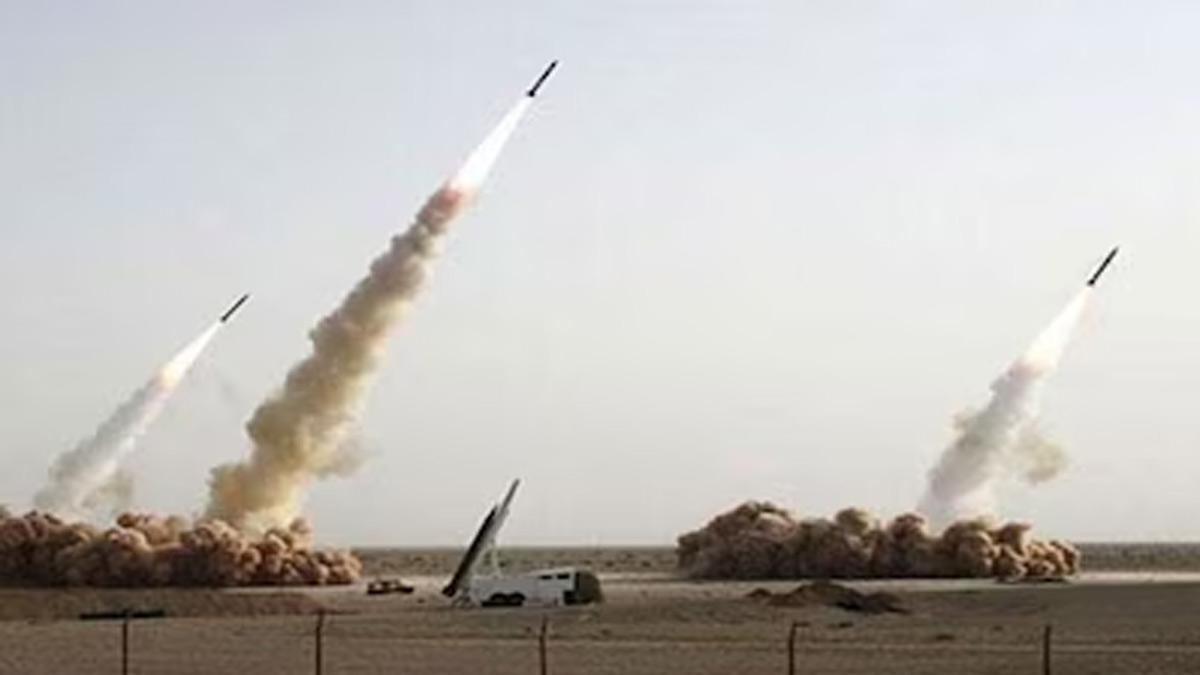In a major boost for India's defence readiness, the Indian Army is on the verge of getting a massive ₹30,000 crore overhaul with the impending clearance of a new surface-to-air missile system, reports news agency ANI.
This follows the success of air defence operations under Operation Sindoor, which thwarted aerial attacks from Pakistan involving aircraft, missiles, and drones.
Sources within the defence establishment informed ANI that the Ministry of Defence will soon consider a proposal for procurement of three regiments of the indigenous Quick Reaction Surface-to-Air Missile (QRSAM) system. The systems are meant to be deployed by the Army Air Defence on India's sensitive western and northern borders. The Defence Acquisition Council is likely to meet later in June to consider and authorize the deal.
The QRSAM, indigenously developed by the Defence Research and Development Organisation (DRDO), is intended for quick mobility and operational versatility. With the ability to detect, track, and engage targets while moving or from short halts, the system greatly improves the Army's tactical air defence capability.
With a strike range of around 30 kilometers, QRSAM will be an important addition to the Army's current arsenal, complementing systems like the Akash and MRSAM to provide layered defence in short- to medium-range operations. The QRSAM has reportedly been put through tough field trials during day and night, with performance evaluated under various operational conditions.
In the recent four-day conflict against Pakistan, where the enemy used Chinese-provided weapons, Indian Army Air Defence troops were a key factor. L-70 and Zu-23 guns were used by them to destroy the majority of enemy drones, with the likes of the Akash and MRSAM giving effective support. The Indian Air Force's Spyder and Sudarshan S-400 systems also played an important part in retaining air superiority.
In the future, the air defence capabilities of the Army are going to be further augmented through the induction of sophisticated radars, very short-range air defence (VSHORAD) systems, electronic jammers, and directed energy weapons like laser-based systems—essential for taking out UAVs from Turkish and Chinese platforms.
Read also| Rahul following George Soros' playbook to spread electoral chaos, Says Amit Malviya


















